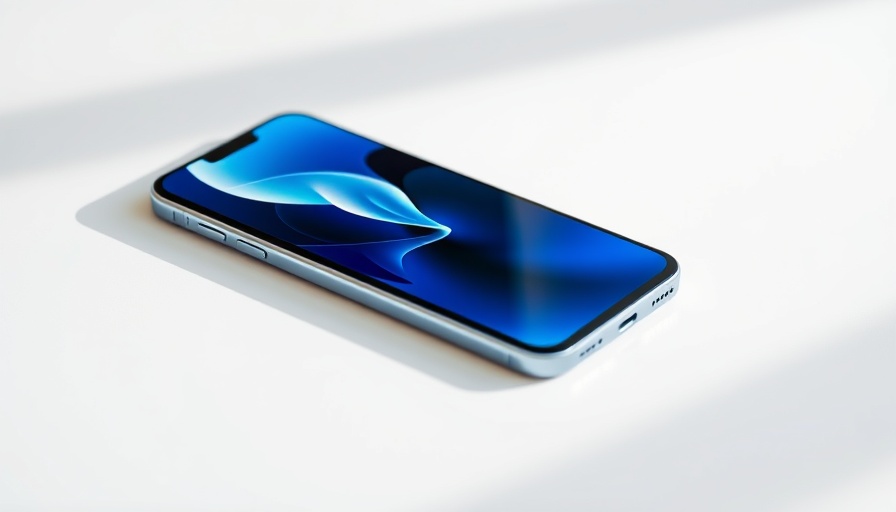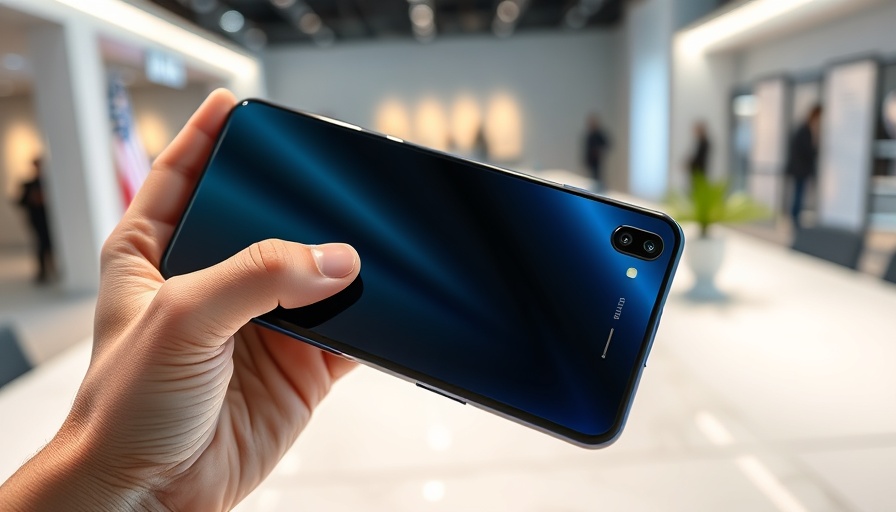
What You Need to Know About the Upcoming iPhone 17
The excitement surrounding Apple’s next generation of smartphones, namely the iPhone 17 and iPhone 17 Air, is palpable among tech enthusiasts. However, recent reports indicate a significant letdown for users hoping for ProMotion technology in these new models. ProMotion, Apple’s dynamic refresh rate technology, enhances user experience by adjusting the screen's refresh rate based on usage. This allows for smoother scrolling and better battery management, especially with static content.
The Disappointment: Limited Display Technology
A leaker known as Fixed Focus Digital claims that while the iPhone 17 will maintain a 120Hz refresh rate, it will not feature the coveted ProMotion adaptive refresh rate. This implies that the enhanced performance associated with ProMotion—like a longer-lasting display for night modes and widgets—won’t be available, marking a missed opportunity for Apple's latest lineup. Users will still experience smooth transitions at 120Hz, but at a potential cost to battery efficiency and functionality.
Why This Matters to Consumers
The absence of ProMotion in the regular iPhone 17 and Air models is a blow for many who prioritize high-speed performance in their devices. Historically, ProMotion has added significant value to the Pro line by allowing for smoother interactions when navigating through apps and content. While a 120Hz refresh rate is better than the standard 60Hz, the lack of adaptability could mean shorter battery life when the display is used more intensively. As consumers become more conscious of battery performance and screen convenience, this particular decision by Apple may affect the buying choices and experiences of tech-savvy users.
Final Thoughts and Looking Ahead
As hopeful as many are for the iPhone 17 to push the envelope in terms of technology, it appears that some aspects, specifically the display, will lag behind expectations this year. Nevertheless, it is essential for consumers to stay updated and consider what features are most vital for their smartphone experiences. Ultimately, Apple’s decision reflects a blend of balancing innovation with manufacturing capabilities and market trends, leaving us eager to see how the final product unfolds. Is it a dealbreaker? Only time will tell.
 Add Row
Add Row  Add
Add 




Write A Comment